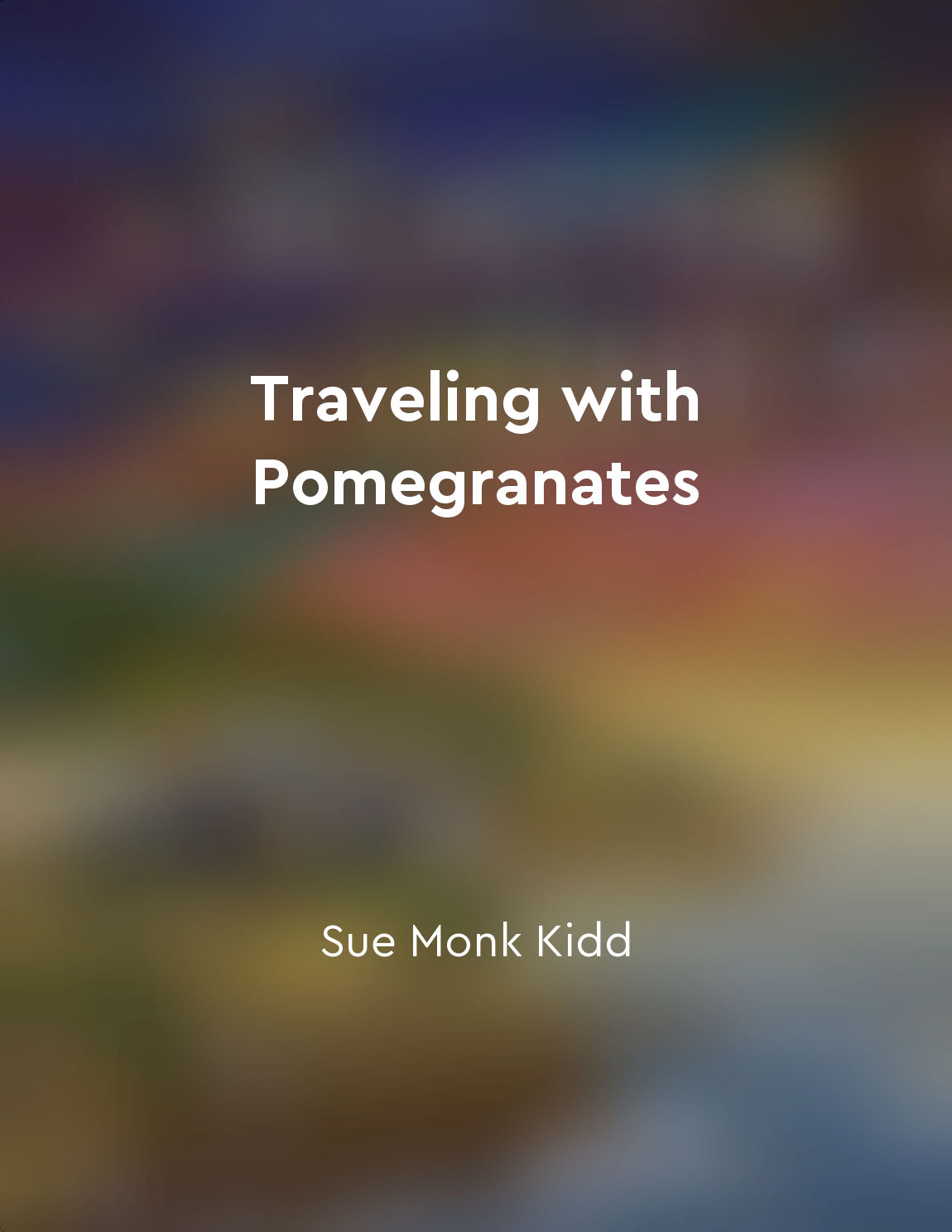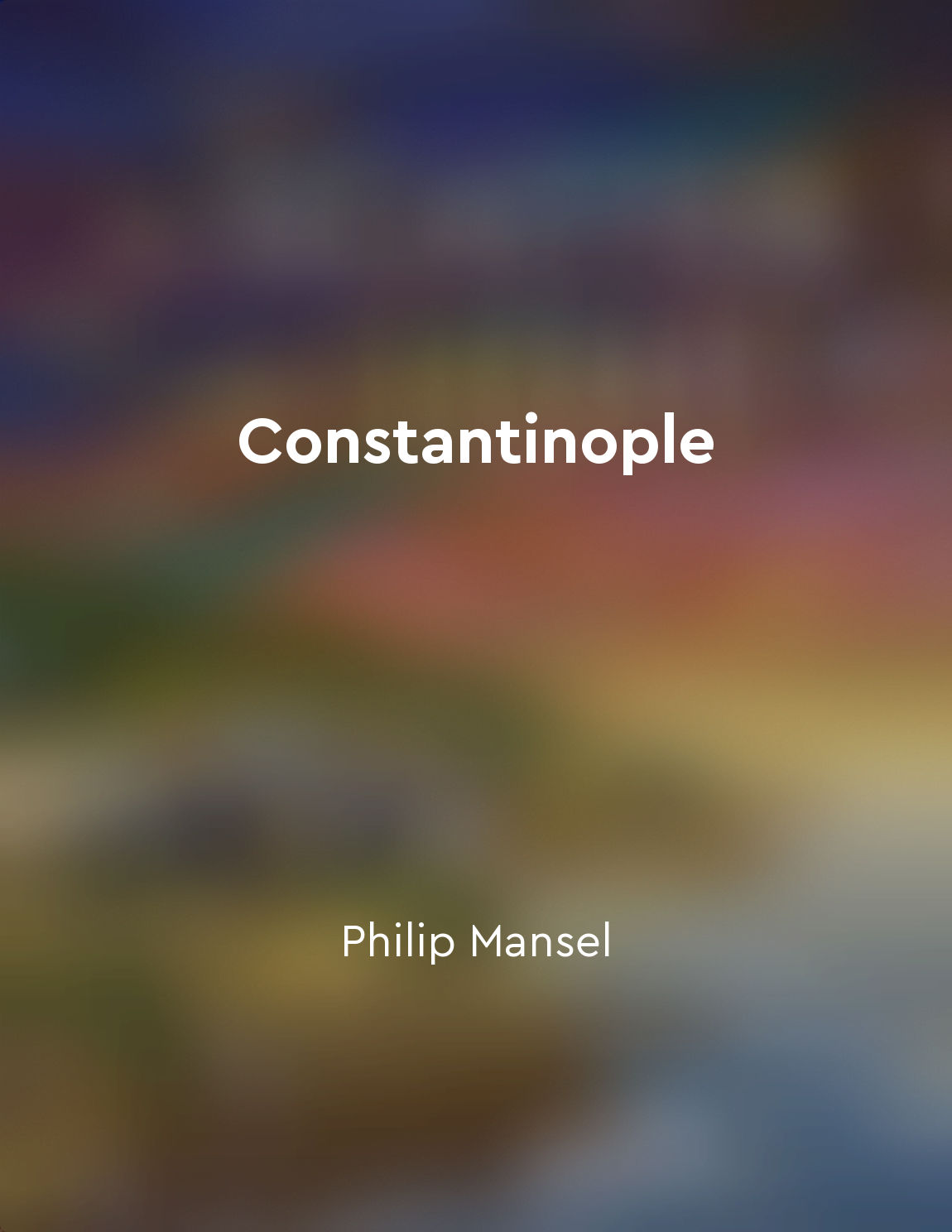Cultural melting pot from "summary" of Constantinople by Philip Mansel
Constantinople, with its strategic location at the crossroads of Europe and Asia, has long been a cultural melting pot where different peoples, religions, and traditions converge and interact. This vibrant city has attracted a diverse range of inhabitants over the centuries, from Greeks and Romans to Ottomans and Armenians, each leaving their mark on the city's rich tapestry of cultures. The concept of a cultural melting pot is evident in the architecture of Constantinople, with its mosques, churches, and palaces blending elements of Byzantine, Ottoman, and European styles. The Hagia Sophia, for example, reflects the city's layered history, having served as a cathedral, mosque, and now a museum, embodying the city's diverse cultural influences. Religious diversity is another key aspect of Constantinople as a cultural melting pot. The city has been home to Christians, Muslims, Jews, and other religious communities, each contributing to the city's unique religious landscape. This religious diversity is reflected in the city's many churches, synagogues, and mosques, which coexist side by side in harmony. In terms of cuisine, Constantinople's status as a cultural melting pot is evident in its diverse culinary traditions. The city's markets are filled with a variety of foods and spices from different regions, reflecting the diverse backgrounds of its inhabitants. Turkish kebabs, Greek mezze, and Armenian baklava are just a few examples of the city's culinary delights that have been influenced by its multicultural population. The cultural melting pot of Constantinople is also reflected in its language and music. The city's residents speak a mix of Turkish, Greek, Armenian, and other languages, creating a unique linguistic landscape. Similarly, Constantinople's music scene is a blend of traditional Turkish, Greek, and Ottoman music, reflecting the city's diverse cultural heritage.- Constantinople's identity as a cultural melting pot is a testament to its long history as a crossroads of civilizations. The city's rich tapestry of cultures, religions, languages, and traditions come together to create a unique and vibrant urban landscape that continues to fascinate and inspire visitors from around the world.
Similar Posts

Navigating transportation systems
Navigating transportation systems can be a daunting task, especially when you are traveling to unfamiliar places. From trains t...
Eating a variety of foods is important
One of the key principles of a healthy diet is the importance of consuming a wide variety of foods. This is because different f...

Find peace in solitude
Solitude was not something to fear, but rather a place to discover oneself. It was in the quiet moments alone that one could tr...

Geopolitical importance
Geopolitical importance is a concept that has shaped the history of Constantinople for centuries. Situated at the crossroads of...
Marvel at architectural marvels and ancient ruins
Architectural marvels and ancient ruins hold a timeless allure that captivates travelers from around the world. These testament...

Modern Turkey
The concept of modern Turkey is a complex one, shaped by a multitude of factors ranging from historical events to political ide...

